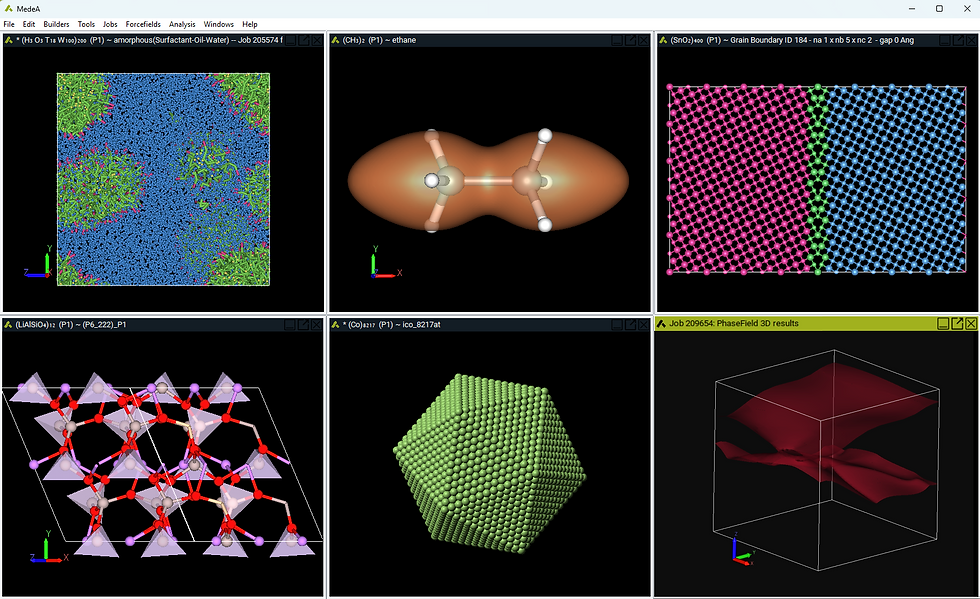Optimizing Optics: Characterizing Hydrogen Defect Vibrational Modes in Infrared Window Materials
- Katherine Hollingsworth
- Nov 6, 2019
- 1 min read

Researchers from the University of Washington, Raytheon, Facebook, and Materials Design have recently described how the combination of experimental and computational methods can provide unique insights into the role of hydrogen in impacting the optical properties of the infrared window material, zinc sulfide. As in many areas of practical materials research, knowledge of the nature of the effect of defects on optical properties provides a theoretical and analytical basis for synthesis and process optimization.
Authors John McCloy, Walter Wolf, Erich Wimmer, Howard Poisl and Brian Zelinski used transmission spectroscopy, MedeA VASP density functional theory, and MedeA Phonon calculations to characterize and understand experimental observations. Their study highlights the role of key Zn/hydrogen defects in controlling the properties of practical infrared window components.
View Computational and experimental identification of hydrogen defect vibrational modes in zinc sulfide ( https://aip.scitation.org/doi/full/10.1063/1.5123493 )



Comments